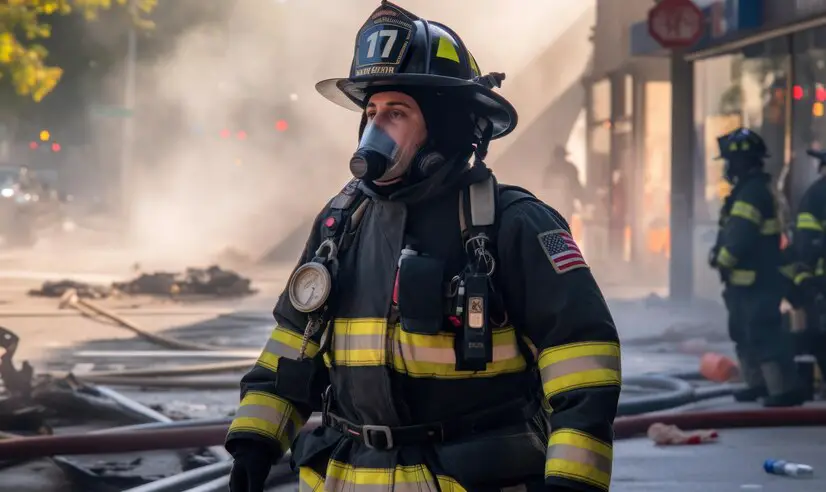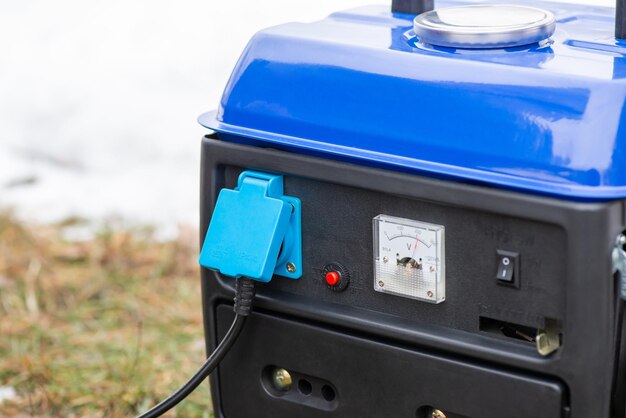Crafting Best 10 Effective Emergency Plans for National Disasters and Emergency Response

In the face of natural disasters or unforeseen emergencies, having a robust and well-thought-out emergency plan is crucial to mitigating risks, ensuring public safety, and minimizing potential damage. Whether you’re a government agency, a community organization, or an individual homeowner, having a plan in place can make all the difference in effectively responding to and recovering from emergencies. Here’s a comprehensive guide on how to create emergency plans for national disasters and emergency response.


Page Contents
Crafting Best 10 Effective Emergency Plans for National Disasters and Emergency Response


1. Risk Assessment:
- Identify potential natural disasters and emergencies that are relevant to your geographical location. These may include hurricanes, earthquakes, floods, wildfires, tornadoes, or industrial accidents.
- Assess the specific risks posed by each type of disaster, considering factors such as severity, frequency, and potential impact on infrastructure, communities, and the environment.
2. Establishing Objectives:
- Define clear objectives for your emergency plan. These may include ensuring the safety and well-being of residents, minimizing property damage, maintaining essential services, and facilitating swift recovery efforts.
- Tailor objectives to address the unique needs and vulnerabilities of your community or organization.
3. Developing Response Strategies:
- Formulate response strategies for each identified hazard or disaster scenario. These strategies should outline how your organization will mobilize resources, coordinate emergency services, and communicate with the public during a crisis.
- Consider factors such as evacuation procedures, shelter-in-place protocols, medical assistance, search and rescue operations, and infrastructure protection.


4. Establishing Command Structure:
- Create a clear and hierarchical command structure to facilitate efficient decision-making and coordination during emergencies. Designate key personnel and define their roles and responsibilities within the response framework.
- Establish communication protocols to ensure seamless information flow between response teams, government agencies, emergency services, and the public.
5. Resource Allocation:
- Identify and secure the necessary resources, including personnel, equipment, supplies, and facilities, to support emergency response and recovery efforts.
- Develop contingency plans for resource shortages or disruptions, and establish mutual aid agreements with neighboring jurisdictions or organizations to enhance resource-sharing capabilities.


6. Training and Drills:
- Conduct regular training sessions and emergency drills to familiarize personnel with their roles and responsibilities, test response procedures, and identify areas for improvement.
- Provide specialized training for first responders, volunteers, and community members on topics such as emergency medical care, search and rescue techniques, and disaster preparedness.
7. Public Education and Outreach:
- Educate the public about potential hazards, preparedness measures, and evacuation routes through outreach campaigns, community workshops, and informational materials.
- Encourage individuals and families to develop their own emergency plans, assemble emergency kits, and stay informed about local emergency alerts and warnings.
8. Continuity of Operations:
- Develop continuity of operations plans to ensure the continued delivery of essential services and functions during emergencies. Identify critical infrastructure, systems, and personnel, and implement measures to minimize disruptions and facilitate rapid recovery.
- Establish redundant communication systems, backup power sources, and alternative work locations to maintain operational resilience.
9. Review and Revision:
- Regularly review and update your emergency plan to reflect changes in risks, resources, regulations, and lessons learned from previous incidents.
- Solicit feedback from stakeholders, community members, and response personnel to identify areas for improvement and refine response strategies accordingly.
10. Collaboration and Coordination:
- Foster collaboration and coordination among government agencies, emergency services, non-profit organizations, businesses, and community stakeholders to enhance preparedness, response, and recovery efforts.
- Participate in regional, state, and national emergency management networks to share best practices, leverage resources, and coordinate multi-jurisdictional responses.
Conclusion
By following these steps and actively engaging in preparedness efforts, communities and organizations can strengthen their resilience to varying natural disasters and emergencies, protect lives and property, and promote a safer and more secure future for all. Remember, effective emergency planning is a shared responsibility that requires proactive engagement, collaboration, and ongoing commitment from all stakeholders.






